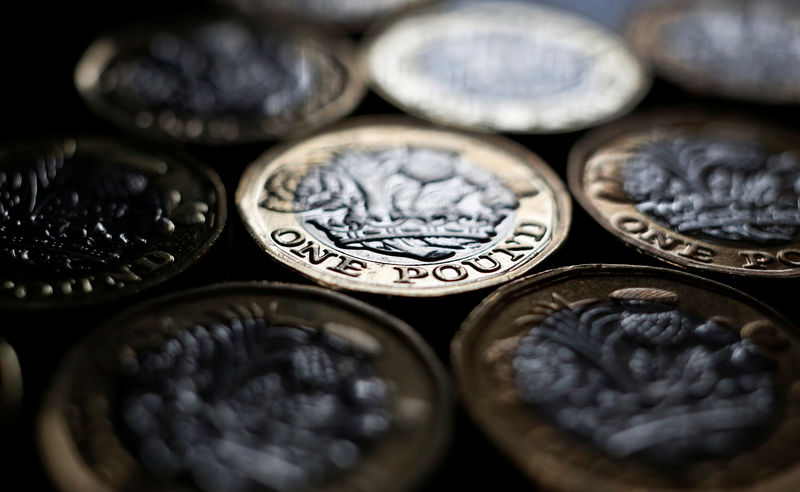Investing.com -- The British pound hit new two-year lows on Tuesday as the refusal of either the U.K. or the European Union to change its negotiation positions increased the likelihood of a disruptive Brexit on October 31.
By 3 AM ET (0700 GMT), the pound had recovered marginally to stand at $1.2141 against the dollar and 1.0902 against the euro, down 0.6% and 0.5% on the day, respectively. At the open, however, it had fallen as far as $1.2120 and 1.0881 euros.
The pound has now lost 2.2% against the dollar in the last week, and 3.8% over the last month, as the prospect of a "hard Brexit" has gone from a tail risk event to - in the words of U.K. minister Michael Gove - the government's "working assumption".
Incoming Prime Minister Boris Johnson insisted on Monday that he would not meet with other European leaders unless they first agreed to remove the contentious “Irish backstop” provisions from the Withdrawal Agreement negotiated by his predecessor, Theresa May. EU officials continue to insist that the Withdrawal Agreement - which has been rejected three times by the U.K.'s parliament - won't be reopened.
The so-called backstop was inserted into the agreement at the U.K.’s request in order to ensure the continuation of smooth trading across the Irish border after Brexit, and avoid the revival of a hard border between the Irish Republic and the British province of Northern Ireland.
Earlier, the Bank of Japan had left its key overnight rate unchanged at -0.1%, as expected, but revised its forecast for inflation down and repeated its guidance that it “will not hesitate to take additional easing measures if there is a possibility that the momentum towards achieving the price stability target will be lost."
The yen strengthened slightly to 108.69 against the dollar in response.
Data earlier in the day had provided further evidence of the global slowdown in manufacturing, with Japan’s industrial output falling a sharper-than-expected 3.6% in June.
The European day opened with disappointing numbers from France, where gross domestic product growth slowed to 0.2% in the second quarter thanks to slower household consumption. Economists had expected growth to stay at 0.3%.
The dollar itself was in a holding pattern, as traders waited for news from the first day of a new round of trade talks between the U.S. and China – and, of course, for the start of the Federal Reserve’s two-day policy meeting later in the day.
The dollar index, which tracks the greenback against a basket of currencies, hit a new two-month high of 97.958 before inching back down to 97.905 by 3 AM ET.
By 3 AM ET (0700 GMT), the pound had recovered marginally to stand at $1.2141 against the dollar and 1.0902 against the euro, down 0.6% and 0.5% on the day, respectively. At the open, however, it had fallen as far as $1.2120 and 1.0881 euros.
